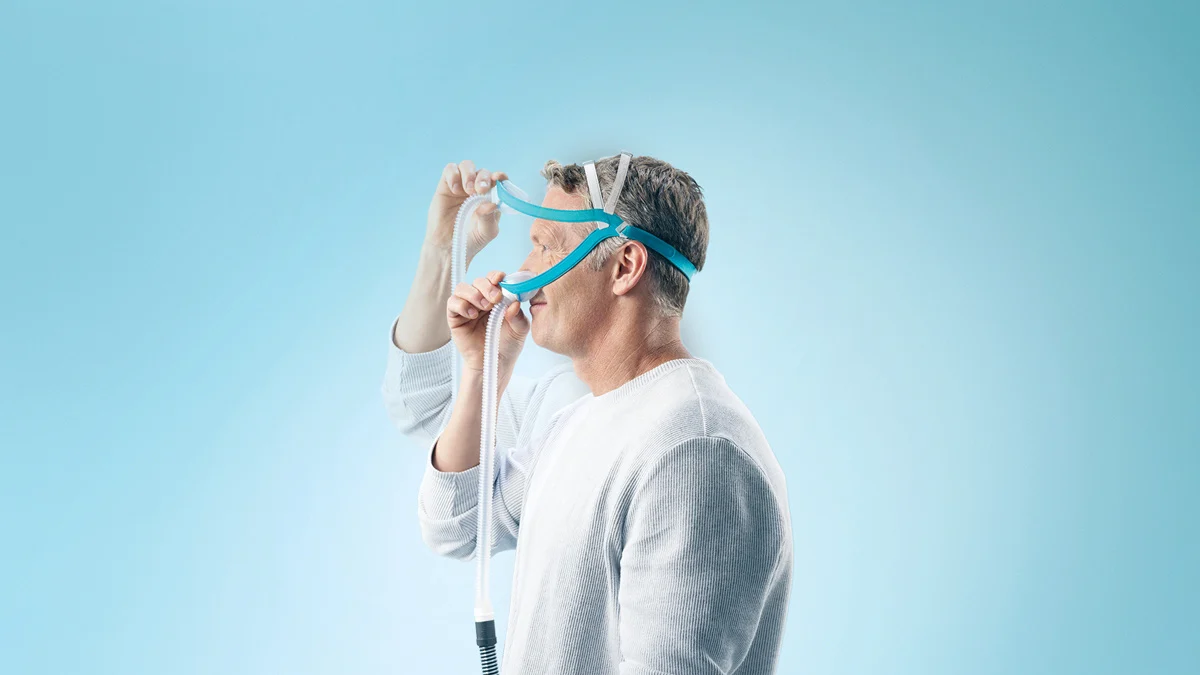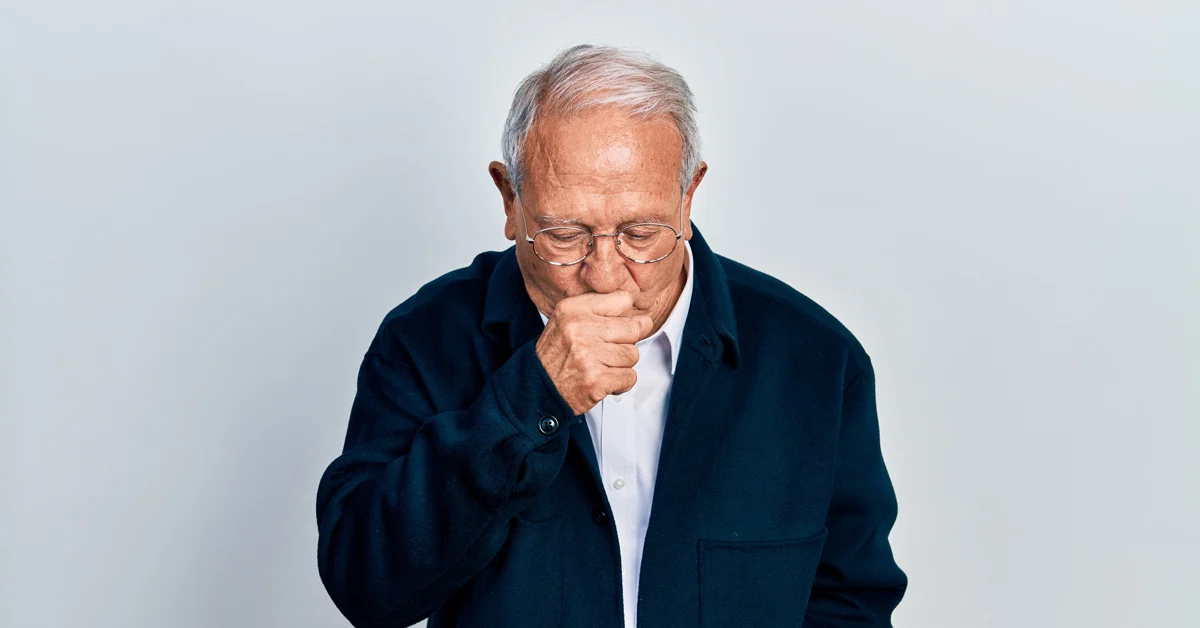Increase Lung Strength. Decrease Shortness of Breath.
If you have COPD (chronic obstructive pulmonary disease), exercise can help improve your lung health and quality of life.
Research shows that even moderate exercise strengthens respiratory muscles and makes breathing easier. Exercise also improves circulation, reduces stress and anxiety, and helps you maintain a healthy weight.
Lesley Williams, Apria’s Market Clinical Trainer and a registered respiratory therapist, says, “Exercise can’t reverse COPD, but it can help reduce the symptoms of COPD and boost your self-image and self-esteem.”
To help you start an exercise routine, let’s answer a few questions…
How Do I Get Started?
First, talk to your doctor. Working together, you can determine the type and amount of exercise that’s right for you. Your doctor may also prescribe a pulmonary function test or refer you to a pulmonary rehabilitation program to help better manage your COPD.
Once you have an exercise routine in place, here are some things to keep in mind:
- Exercise should be fun. Pick activities you like to do. Also, consider asking a friend to join you.
- Make personal goals. Identify how much and how often you want to exercise.
- Slowly increase your activity level, especially if you’re new to exercise. Then exercise at a steady pace.
- Monitor your progress. Keep a diary of when and how long you exercised, and the types of exercises you performed.
- Make exercise a part of your daily routine. Try to exercise at the same time each day.
What Are the Three Best Exercises for People with COPD?
The following exercises can help people with COPD strengthen their respiratory muscles, reduce shortness of breath, and improve their breathing overall.
1. Stretching
Stretching your arms, legs, and back helps you relax, improves your flexibility, and increases your range of motion—all while reducing your risk of injury and muscle strain. Yoga and Pilates are good examples of stretching exercises.
2. Aerobics
Aerobic exercises can strengthen your heart and lungs and improve the way your body uses oxygen. They also can help decrease your heart rate and blood pressure. Aerobic exercises include walking, jogging, biking, swimming, skiing, skating—you get the idea. Try to perform aerobic exercises for 30 minutes at least a few times each week.
3. Strengthening
The goal of these exercises is to build stronger muscles in your upper and lower body—and the muscles that help you breathe. So you can live a more active life. Strengthening exercises usually involve weights or resistance bands. Try to do these exercises three to four times a week.
How Often Should I Exercise?
Whatever form of exercise you choose to do, start slowly—and don’t overdo it. As you become stronger and can breathe more easily for longer periods of time, you can gradually increase how long and how often you exercise.
Ideally, people with COPD should exercise for 20-30 minutes per session 3-4 times per week. As stated previously, work with your doctor to determine goals for how long and how often you should exercise.
When Shouldn’t I Exercise?
Even though it’s good for you, it’s best to refrain from exercising if you experience any of the following:
- Fever or strep throat
- Nausea
- Unexplained leg pain
- Chest discomfort or pain
- Drop in blood oxygen levels
- Coughing or wheezing fits
- Heavy breathing
- Extreme fatigue
- Dehydration
Lesley adds, “Don’t exercise if it’s too hot, cold, or humid, which can make breathing harder. Also, avoid exercising if air quality is poor, since pollution can trigger flare-ups, and, of course, if your doctor has advised you not to.”
Can I Use Oxygen While I Exercise?
If you use supplemental oxygen, you can indeed exercise with it. Your doctor has prescribed an oxygen flow rate for everyday activities. Ask if the flow rate needs to be adjusted for exercise.
Are There Special Breathing Techniques While Exercising?
Proper breathing techniques can make exercising easier and more comfortable.
First, always breathe slowly. Inhale through your nose for 2 seconds. Keep your mouth closed to warm, humidify, and filter the air entering your lungs. Then exhale slowly for 4 seconds from your mouth through pursed lips.
Experiencing shortness of breath is your body’s way of telling you it lacks oxygen. This method helps restore the oxygen your body needs.
Any Tips for Warming Up and Cooling Down?
There are certain steps you should take before and after you exercise:
Warm up. Stretching is a great way to warm up before exercising. It increases your heart rate, body temperature, and breathing. It also reduces stress on your heart and muscles.
Cool down. Toward the end of your workout, slowly decrease the intensity of your activity. You may also want to do more of the stretching exercises you did to warm up.
Watch what you eat and drink. Follow your fluid restrictions and wait at least 1.5 hours before eating food after you work out.
What Other Potential Benefits Does Exercise Offer?
In addition to the many physical benefits of exercise, it also can enhance your self-image by improving the way you feel and look. An improved self-image can improve your self-esteem. And feeling better, both physically and mentally, can make your overall quality of life better.
References
1. Spruit MA, Burtin C, De Boever P, Langer D, Vogiatzis I, Wouters EF, Franssen FM. COPD and exercise: does it make a difference? Breathe (Sheff). 2016 Jun;12(2):e38-49.
2. Exercise for Someone with COPD. COPD Foundation. https://www.copdfoundation.org/Learn-More/I-am-a-Person-with-COPD/Exercise.aspx.
3. COPD: Exercise & Activity Guidelines. Cleveland Clinic. https://my.clevelandclinic.org/health/articles/9450-copd-exercise--activity-guidelines.
4. Physical Activity and COPD. American Lung Association. https://www.lung.org/lung-health-diseases/lung-disease-lookup/copd/living-with-copd/physical-activity.
5. Madell, R. (Updated 2019, January 14). COPD and Exercise: Tips for Breathing Better. Healthline. https://www.healthline.com/health/copd/and-exercise.
6. Upham, B. (2018, July 10). 5 Things You Should Know About Exercise if You Have COPD. Everyday Health. https://www.everydayhealth.com/copd/things-you-should-know-about-exercise-you-have-copd/.
LEGAL DISCLAIMER: Material in this newsletter is provided for general health education and informational purposes and to provide references to other resources only; it may not apply to you as an individual. While Apria Healthcare believes that the information provided through this communication is accurate and reliable, Apria Healthcare cannot and does not make any such guarantee. It is not intended to be a replacement for professional medical advice, evaluation, diagnosis, services or treatment (collectively, “medical treatment”). Please see your healthcare provider for medical treatment related to you and your specific health condition(s). Never disregard medical advice or delay seeking medical care because of something you have read on or accessed through this website. Reading this newsletter should not be construed to mean that you have a healthcare provider/patient relationship.

.png)



